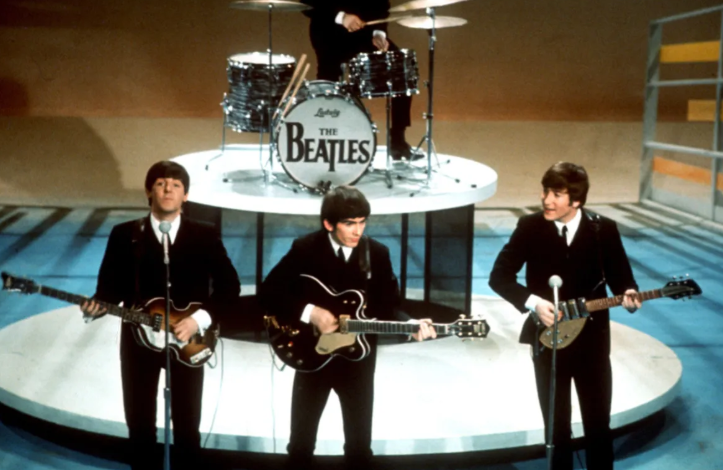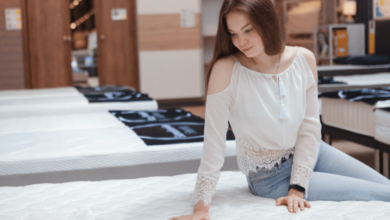1960s Bands That Shaped Music and Culture

The 1960s were a transformative decade for music, a time when creativity collided with social change. From electrifying performances to revolutionary sounds, the era introduced some of the most iconic 1960s Bands whose influence still resonates today. Parallel to this, music festivals became cultural phenomena, giving fans spaces to unite and experience music like never before. The rise of music festivals in the 1960s marked the birth of a new era in live entertainment, transforming how audiences connected with music and each other.
The Iconic Bands in the 60s and Their Sound
The Doors: Psychedelic Revolutionaries
Emerging as one of the most provocative bands of the 1960s, The Doors blended rock, blues, and psychedelia in ways that challenged conventions. Fronted by the enigmatic Jim Morrison, with Ray Manzarek on keyboards, Robby Krieger on guitar, and John Densmore on drums, their music often carried a sense of mystique and rebellion. Hits like “Light My Fire” and “Riders on the Storm” not only dominated charts but also reflected the countercultural spirit of the time. Morrison’s poetic lyrics paired with their experimental instrumentals left a lasting impression on rock music’s evolution.
The Beach Boys: Harmonious Surf Rock
Synonymous with the American surf culture, The Beach Boys—Brian, Carl, Dennis Wilson, Mike Love, and Al Jardine—captured the optimism of the early 1960s. Their melodic harmonies and catchy tunes like “Surfin’ USA” and “California Girls” became instant classics. The innovative album Pet Sounds showcased their musical sophistication, influencing generations of musicians. The Beach Boys’ ability to merge pop sensibilities with experimental sounds made them pioneers of progressive and psychedelic rock.
The Who: Rebels of Rock
Formed in London in 1964, The Who—Roger Daltrey, Pete Townshend, John Entwistle, and Keith Moon—brought raw energy and theatricality to rock music. Their explosive live performances, alongside hits like “My Generation” and “Pinball Wizard”, captured the essence of youthful rebellion. Townshend’s windmill guitar technique and the band’s willingness to push sonic boundaries paved the way for hard rock and progressive rock movements, making The Who indispensable in the 1960s rock landscape.
The Zombies: Psychedelic Innovators
Originating from St Albans, England, The Zombies—Rod Argent, Colin Blunstone, Chris White, Paul Atkinson, and Hugh Grundy—crafted intricate melodies and captivating lyrics. Their hits “She’s Not There” and “Time of the Season” blended rock, pop, and psychedelic elements in a sophisticated manner. Although their initial career was brief, The Zombies left a significant imprint on psychedelic and progressive rock, influencing countless artists in the decades that followed.
See also: Sequential Pattern Mining: Discovering Stories Hidden in Data Timelines
Music Festivals: The 1960s Revolution
Monterey Pop Festival: Birth of Modern Rock Festivals
Before Woodstock, the Monterey Pop Festival in 1967 set the stage for what a modern music festival could be. Featuring legendary performers like Jimi Hendrix and Ravi Shankar, the event embodied the counterculture and spirit of California’s “Summer of Love.” Hendrix’s iconic guitar-burning performance became a defining moment, symbolizing the festival’s adventurous and transformative energy.
Woodstock: Three Days of Peace and Music
Held in 1969 at Max Yasgur’s farm, Woodstock remains the quintessential symbol of 1960s festival culture. Drawing over 400,000 attendees, it featured acts like The Who, Janis Joplin, and Jimi Hendrix. Woodstock represented more than music—it was a statement of peace, love, and community. Its simple yet iconic poster with a white bird on a guitar captured the festival’s essence, reinforcing its enduring legacy.
San Francisco Pop Festival and Altamont
The San Francisco Pop Festival in 1968 featured a remarkable lineup including Deep Purple, José Feliciano, and Iron Butterfly, reflecting the era’s diverse musical tastes. Conversely, the Altamont Music Festival, organized by The Rolling Stones, became infamous for violence and tragedy. Despite its darker outcome, Altamont highlighted the challenges of managing large countercultural gatherings and marked a turning point in festival safety and organization.
The Legacy of the 60s Bands and Festivals
The 1960s were not just about music—they were about cultural revolution. Bands like The Doors, The Beach Boys, The Who, and The Zombies not only redefined sound but also influenced fashion, attitudes, and societal norms. Meanwhile, the festivals of the 1960s created a blueprint for live music experiences that continue to thrive globally. Today, artists and audiences alike owe much to this era of experimentation, community, and musical brilliance.
Conclusion
The music of the 1960s left an indelible mark on both culture and society. Legendary bands transformed the soundscape, while groundbreaking festivals reimagined the live music experience. The decade’s innovative spirit continues to inspire musicians, festival organizers, and music lovers worldwide, reminding us that music is not just entertainment—it is a cultural force that shapes generations.



